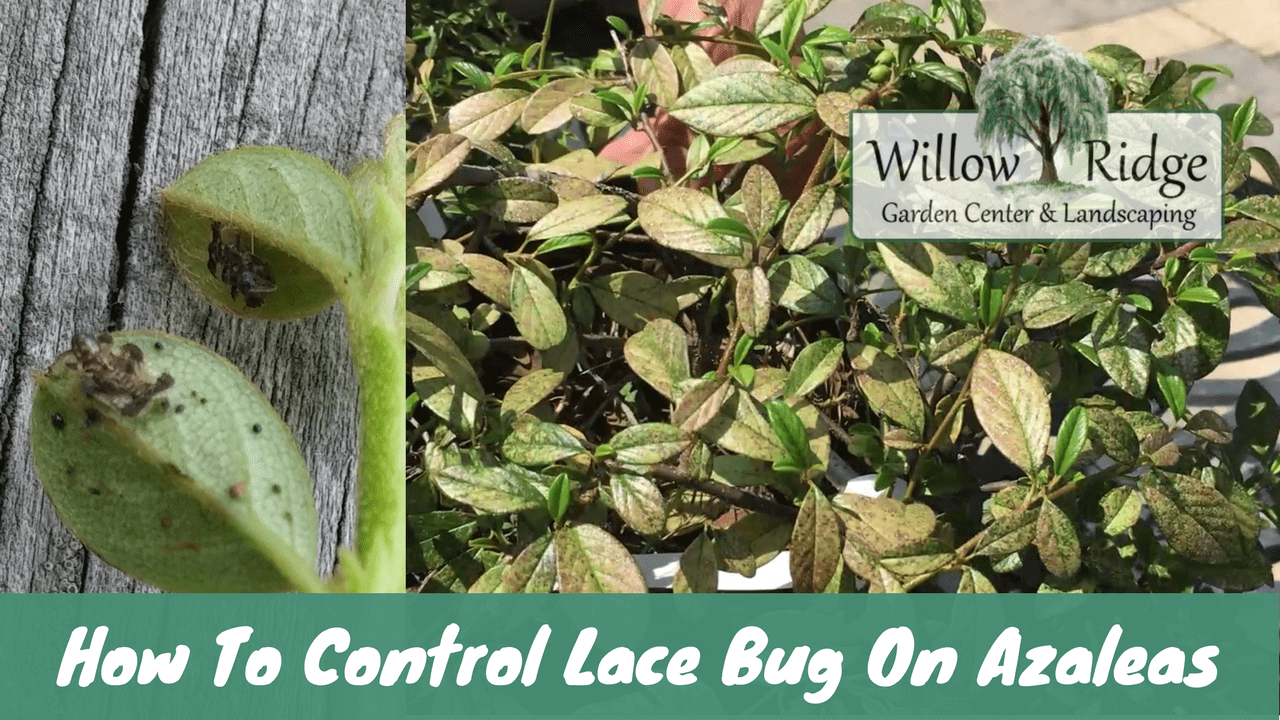How To Control Lace Bug On Azaleas
Do you have Azaleas or Rhododendrons? Have you ever noticed the leaves getting spotted or turning whitish? How about some of your other foundation plants like Holly or Cotoneaster? If you have noticed this, your plants may be infested with lace bug. Read on to learn how to control Lace Bug.
Lace Bug Life Cycle
Lace bugs are small insects with lacy wings and brown or black markings. The young nymph lace bug is black and spiny, but almost too small to see. The nymph will shed its skin six times before becoming an adult at 1/8 of an inch long. Lace bugs live, breed, and do their damage on the underside of the leaves.
Female lace bugs will lay their eggs in September and October. The eggs will overwinter and hatch in March and April. The lace bug population will grow spring through autumn with about four generations of these tiny bugs is possible. Because they reproduce so rapidly there could be a huge population by July, August, and September.
Plants are injured as the adults and nymphs suck the juice or sap from the underside of the leaves. The damage appears as spotty discolorations or bleaching of the upper surface of the leaves. In severe cases the leaves can become almost white. If you look at the underside of those leaves you can usually spot the black shiny excrement and cast skins of the nymphs. You may also spot the adult lace bug-they may be small, but you can see the lacey wings and markings on the adults.
Control Lace
Controlling the lace bug can be a challenge. Repeated applications of the liquid Systemic Insect Control is usually needed. It’s best to start spraying as soon as the nymphs hatch in March or April followed by two or more applications at seven to ten days apart. Repeat this process again in June or July.
Always read the label and instructions when using insecticides. You can call us at 865-481-3825 for more information and alternate control methods.

